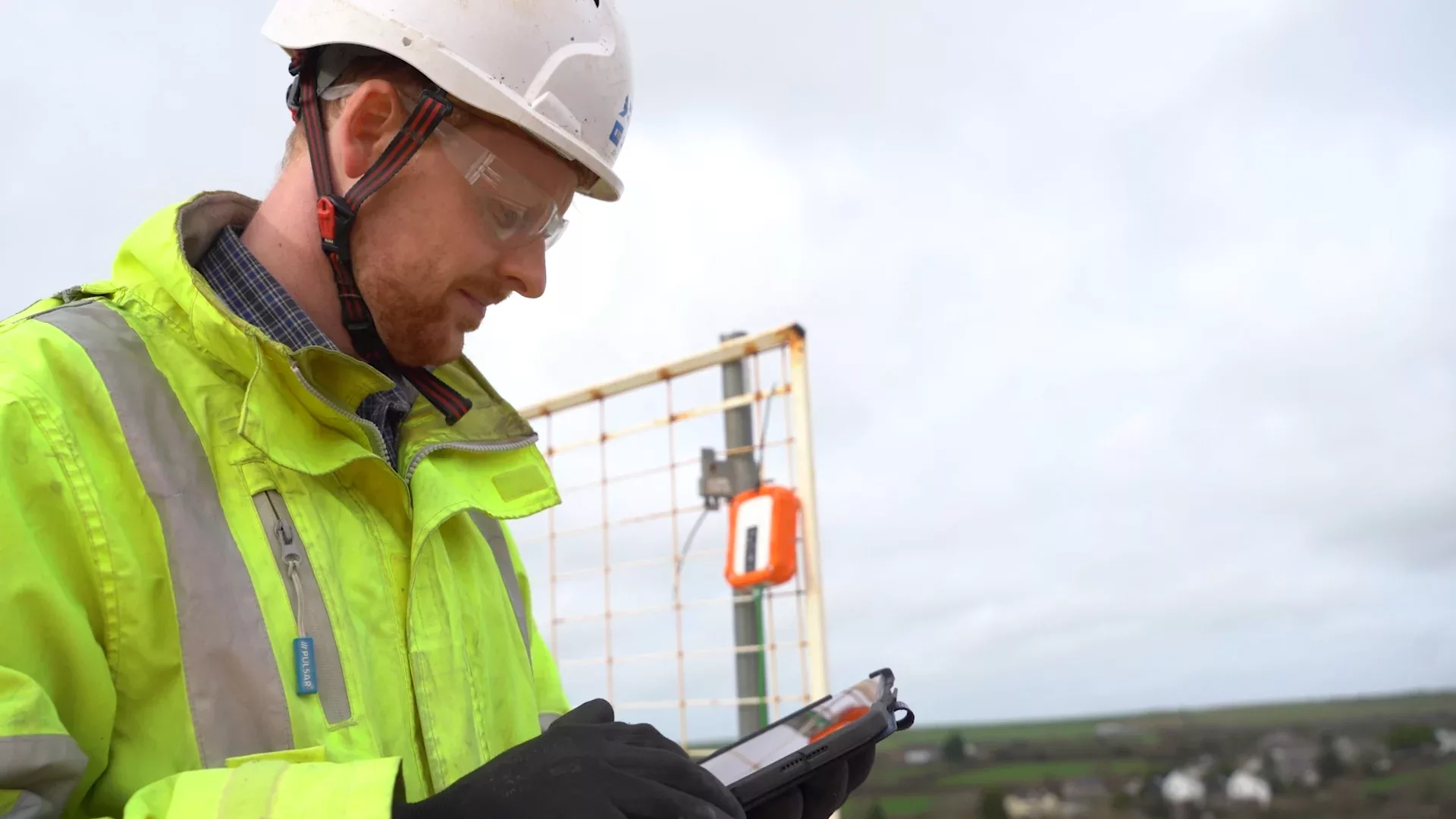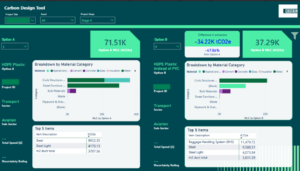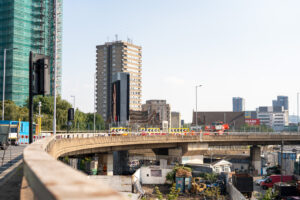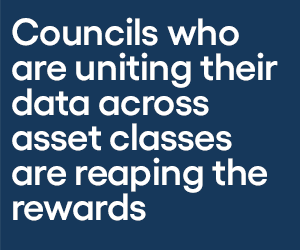Costain, the infrastructure solutions company, has made significant time and efficiency savings for its customers after using new concrete sensor technology.
Costain’s materials engineers have been using Maturix’s concrete sensors to keep track of the strength and temperature of setting concrete. The technology has been deployed across a number of Costain’s projects in the road, water and rail sectors.
The Gaia 200 sensors, each the size of a large smartphone, send real-time temperature and strength data wirelessly to engineers, temporary works designers and other specialist contractors. This information helps them make faster, more informed decisions, for instance about when to remove the formwork following a concrete pour. The introduction of these sensors has reduced the length of time that the formwork is in place by around 33%, on average.
Traditionally, concrete pours are tested by physically removing cube samples to be examined under lab conditions, with a typical pour requiring around six cubes. The ability to record readings directly and accurately from sensors means that these tests are no longer required. One Costain project has used the sensors for more than 80 different pours and structures, eliminating the need to conduct destructive testing of approximately 500 strike cubes.
Bhavika Ramrakhyani, head of materials at Costain, commented: “We have an important role to play in maximising efficiency for our customers without compromising on quality or safety. It is important that our engineers have instant access to the right information at the right time, with crucial information sent directly to their devices and laptops. This means they can make informed decisions to accurately determine when it is safest to remove the temporary falsework and formwork after a pour.
“We’ve already seen enormous efficiency benefits. Programme delivery speeds have improved considerably, with striking times reduced by a third on sites where we have used the sensors. At the same time, the technology enables us to repurpose and reuse more of our temporary structures, as well as reducing the quantity of materials used, lowering our carbon footprint, which is another major benefit.”























